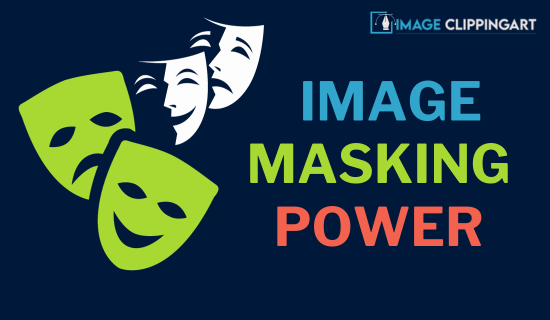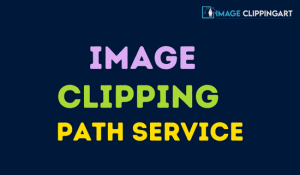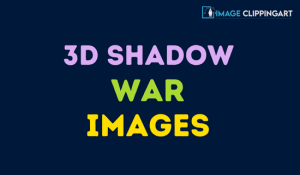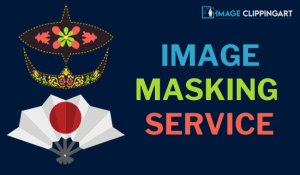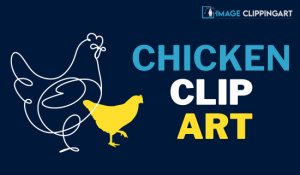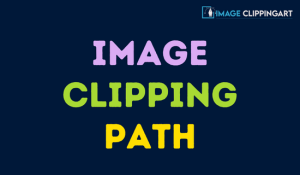In an increasingly digital world, where images are shared, stored, and accessed with unprecedented ease, the need for safeguarding visual privacy has become paramount. Whether it’s protecting sensitive information, preserving anonymity, or simply adding a touch of mystery to your photos, image masking has emerged as a versatile and indispensable tool. In this comprehensive exploration, we delve into the world of image masking, uncovering its myriad applications, techniques, and the ethical considerations that come with it.
Understanding Image Masking
It refers to the process of concealing or revealing specific parts of an image while keeping the rest intact. It is primarily employed to protect the privacy of individuals, sensitive data, or to create artistic effects. The essence of it lies in the meticulous separation of foreground and background elements within an image.
Types of Image Masks
There are several types of image masks, each with its unique purpose and application:
- Alpha Masks: These masks use grayscale images to specify the transparency of different areas within an image. They are commonly used in graphic design and photo editing software to create soft edges and intricate transparencies.
- Layer Masks: In software like Adobe Photoshop, layer masks are used to hide or reveal parts of an image without permanently altering the original content. This technique is particularly useful for non-destructive editing.
- Clipping Masks: Clipping masks allow you to apply the transparency of one layer to another layer beneath it. This is often used to fit an image into a specific shape or text.
- Color Masks: These masks target specific color ranges within an image, allowing you to manipulate or isolate certain colors while leaving the rest unaffected.
- Object Masks: Object masks are employed in computer vision and machine learning applications to identify and isolate specific objects within an image.
Applications of Image Masking
The versatility of image masking extends to a wide range of applications, some of which include:
1. Privacy Protection
Image masking is commonly used to protect the privacy of individuals in photographs. It allows for the redaction or blurring of faces, license plates, or any other personally identifiable information, making it a crucial tool in the age of surveillance and privacy concerns.
2. Creative Image Editing
In the realm of graphic design and photography, It is used to create intricate and visually appealing effects. From removing backgrounds to adding complex textures, image masking empowers artists to push the boundaries of their creativity.
3. Image Watermarking
Digital watermarking involves adding a semi-transparent image or text to an image to protect it from unauthorized use or distribution. Image masking is often employed to seamlessly integrate watermarks into the image without detracting from its visual appeal.
4. Forensic Analysis
In forensic investigations, image masking can help enhance details and patterns within images, making it easier to identify crucial evidence. It is also used to highlight specific areas of interest in a photo.
5. Medical Imaging
In the field of medical imaging, image masking is used to segment and isolate specific structures or anomalies within images, aiding in diagnosis and treatment planning.
6. Augmented Reality (AR)
AR applications often rely on image masking to superimpose digital elements onto the real world, seamlessly blending virtual and physical environments.
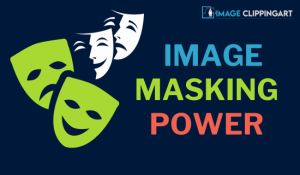
Techniques of Image Masking
The effectiveness of image masking lies in the precision of the techniques employed. Here are some common techniques:
1. Manual Masking
This technique involves painstakingly selecting and masking areas of an image using tools like the pen tool or brush. It offers a high level of control but can be time-consuming for complex images.
2. Color-Based Masking
Color-based masking involves selecting areas of an image based on their color values. This technique is useful when dealing with images where the subject and background have distinct color differences.
3. Edge Detection
Edge detection algorithms identify the boundaries of objects within an image. This information can be used to create precise masks around objects.
4. Machine Learning
Machine learning algorithms, such as semantic segmentation models, have been increasingly used for automated image masking. These algorithms can identify objects and their boundaries with remarkable accuracy.
Ethical Considerations
While image masking is a powerful tool, it comes with ethical responsibilities:
1. Informed Consent
When masking faces or sensitive information in images, it is essential to obtain informed consent from the individuals involved, especially in cases where privacy is a concern.
2. Accuracy and Trustworthiness
In forensic analysis or medical imaging, the accuracy of image masking is critical. Errors can have serious consequences, so rigorous validation and quality control are essential.
3. Misuse Prevention
Watermarking and image masking can be used unethically to manipulate or deceive. It is crucial to use these techniques responsibly and within legal boundaries.
Tools for Image Masking
Several software applications and tools make image masking accessible to both professionals and amateurs:
- Adobe Photoshop: Renowned for its powerful masking capabilities, Photoshop offers various tools and techniques for precise it.
- GIMP (GNU Image Manipulation Program): An open-source alternative to Photoshop, GIMP provides comprehensive masking features.
- Canva: Canva is a user-friendly online graphic design tool that includes basic masking features for quick and easy image editing.
- Deep Learning Libraries: Libraries like TensorFlow and PyTorch provide pre-trained models for image segmentation and masking, making it accessible to developers and researchers.
The Future of Image Masking
As technology continues to advance, the future of it holds exciting possibilities. Machine learning and AI-driven solutions will become more sophisticated, allowing for faster and more accurate image masking. Additionally, real-time masking in augmented reality applications will likely become more seamless and integrated into our daily lives.
Conclusion
Image masking is a powerful and versatile technique with a wide range of applications, from protecting privacy to unleashing creative potential. However, it is imperative to use this tool responsibly and ethically, respecting the rights and consent of individuals depicted in images. As technology evolves, image masking will continue to play a significant role in shaping the way we interact with and manipulate visual content in the digital age. Its potential is limited only by our creativity and ethical considerations.
Facebook – facebook.com/imageclippingart

